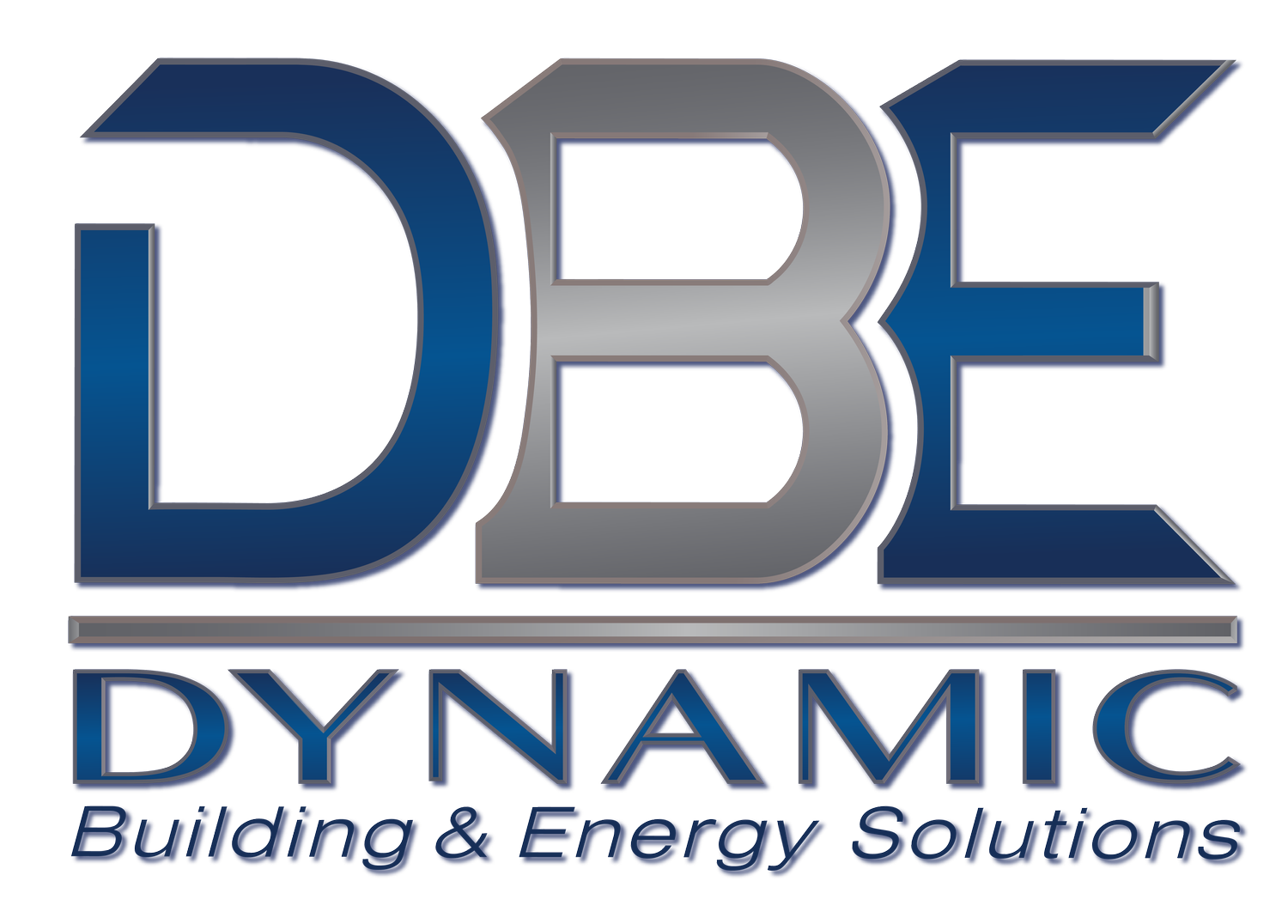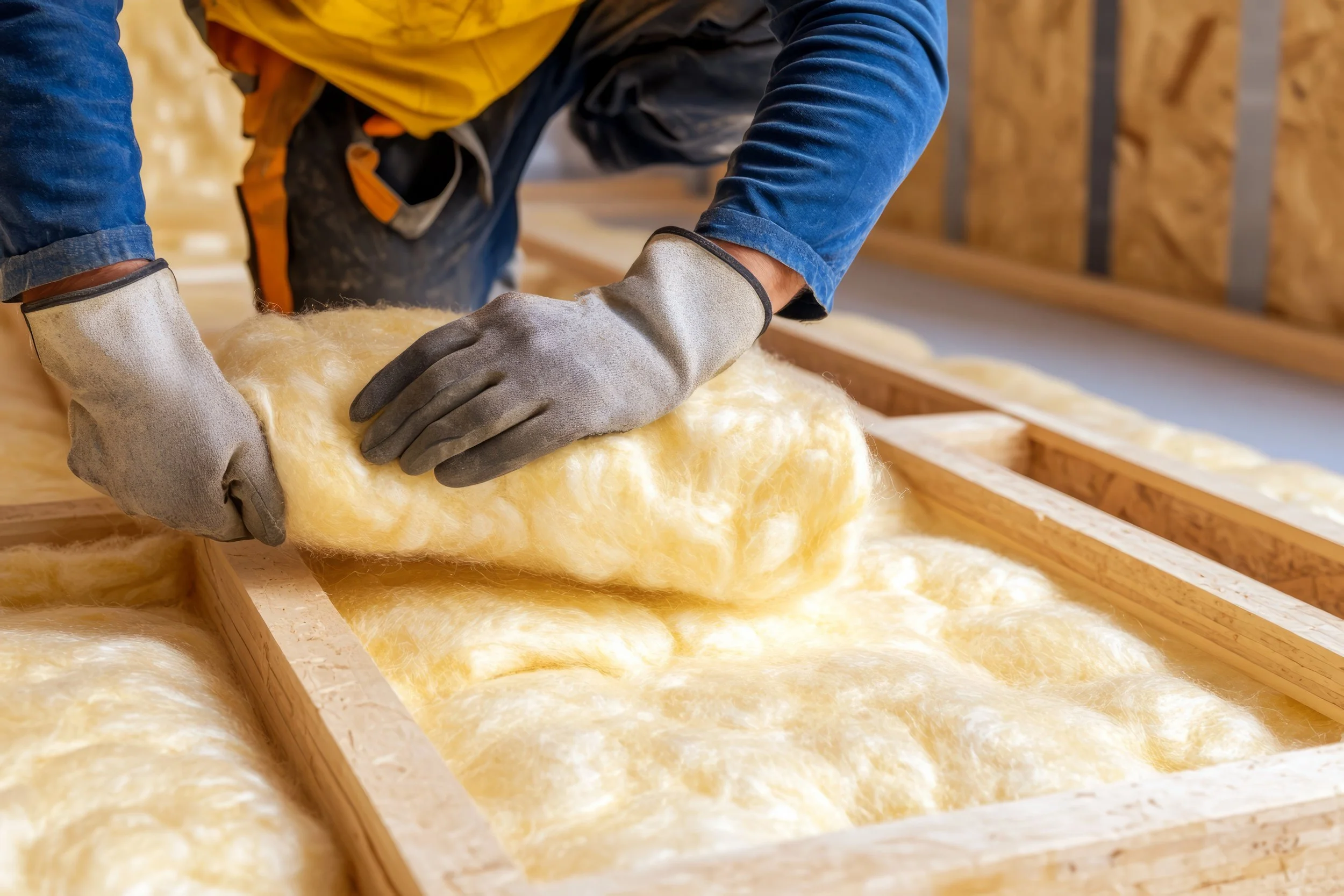How to Tell If Your Home Needs More Insulation
The hidden cost of poor insulation
Many Connecticut homeowners don’t realize how much comfort — and money — they lose every season due to inadequate insulation. When your home isn’t properly sealed, conditioned air slips out and outdoor air seeps in. That means drafty rooms in winter, hot spots in summer, and energy bills that never seem to drop.
If your house feels uncomfortable no matter what your thermostat says, it may be time to take a closer look at your insulation.
Common Signs You Need More Insulation
Not sure if your home is under-insulated? Here are a few telltale signs:
Drafty rooms or cold floors: If you feel chilly air near windows, walls, or floors, it’s often a sign that insulation has thinned or settled.
Uneven temperatures: Some rooms feel warm while others stay cold. This is a classic sign that insulation coverage isn’t consistent throughout the home.
High energy bills: Poor insulation forces your heating and cooling systems to work overtime. If your bills are climbing faster than energy rates, insulation could be the culprit.
Ice dams in winter: When heat escapes through the roof, it melts snow unevenly, causing ice dams that can damage your shingles and gutters.
Hot or cold walls: Touch the interior walls — if they feel noticeably warm in summer or cold in winter, insulation may be missing or insufficient.
If these issues sound familiar, your home may be under insulated and it may be time to get a home energy assessment to determine how you can optimize the insulation in your home.
How Connecticut’s Climate Impacts Insulation Needs
Connecticut’s mix of freezing winters and humid summers makes proper insulation essential. In cold months, insulation acts as a thermal barrier that traps heat inside. In summer, it helps keep your home cool by blocking outdoor heat and humidity.
Because our region experiences both extremes, homes in CT require insulation that’s not only thick enough but also properly installed in key areas. Even small gaps can make a big difference in year-round comfort and efficiency.
Areas Most Often Under-Insulated
In our work across Connecticut and Rhode Island, we see the same problem spots again and again:
Attic insulation: Warm air rises — and without adequate attic insulation, it escapes right through the roof. Upgrading this space often delivers the biggest return on investment.
Exterior walls: Older homes may have little to no insulation behind the drywall, leading to drafts and temperature swings.
Basements and crawl spaces: Cold air infiltrates from below, cooling floors and lowering indoor comfort. Sealing and insulating these areas can make a huge difference.
Addressing these key areas creates a balanced, energy-efficient home envelope that keeps your comfort consistent throughout every season.
How an Energy Assessment Identifies Insulation Gaps
The most reliable way to know where your insulation is lacking is through a home energy assessment. During this process, our certified technicians use advanced diagnostic tools — such as blower door tests and infrared cameras — to pinpoint exactly where heat is escaping.
Once we identify problem areas, we’ll recommend targeted insulation improvements that maximize your energy savings and comfort.
How Our Team at Dynamic Building Improves Efficiency
At Dynamic Building & Energy Solutions, we specialize in creating energy-efficient homes through expert insulation and air sealing. Whether you need attic insulation in CT, basement upgrades, or a full-home energy retrofit, our team ensures every inch of your home performs at its best.
We don’t just add insulation, we engineer complete home efficiency solutions that save you money, reduce drafts, and make your home feel comfortable year-round.
Ready to see where your home stands?
👉 Schedule your insulation evaluation today and discover how much you could save on energy costs.

